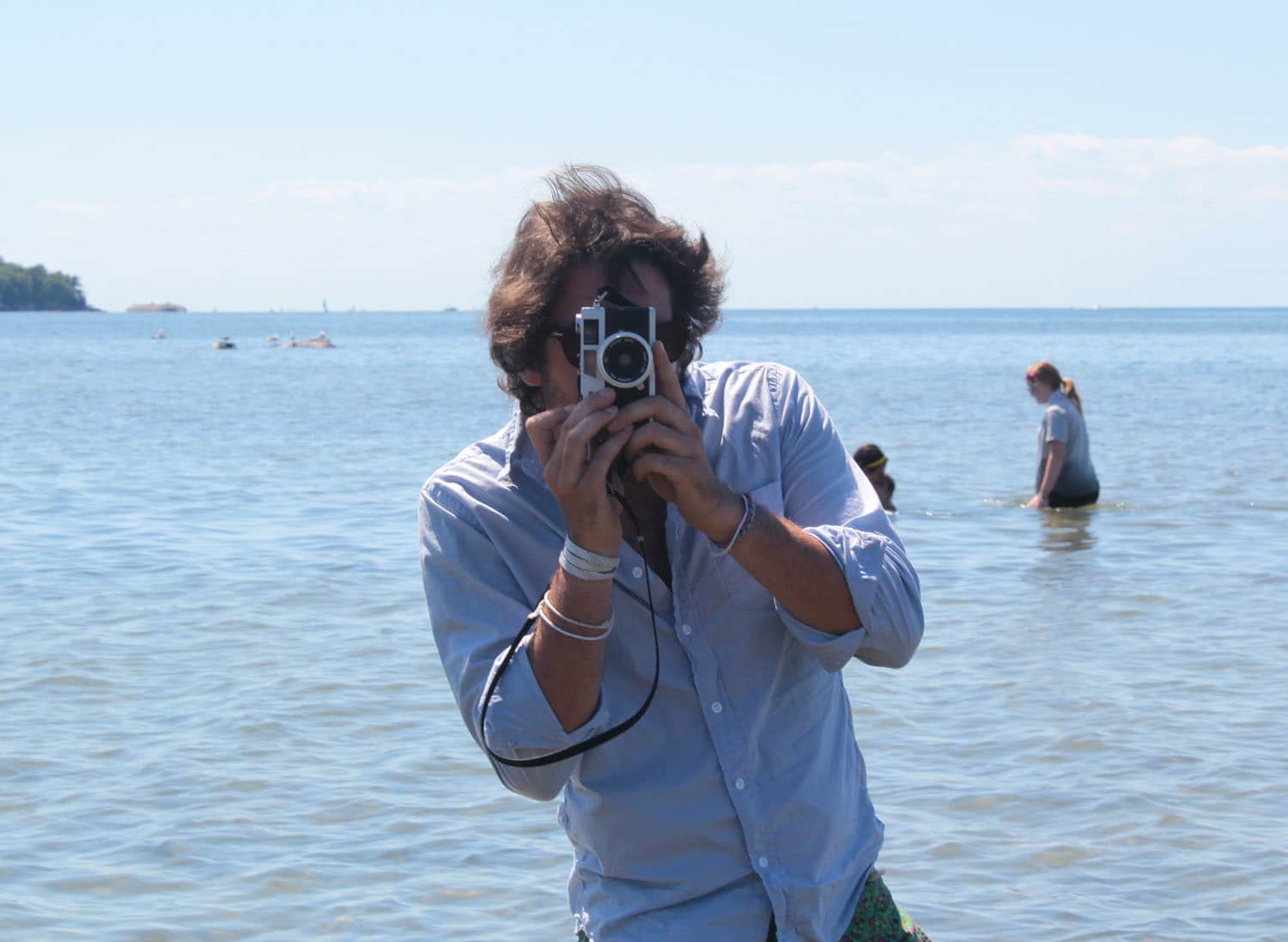How To Take Better Photographs in Nature
Agnieszka Spieszny 07.29.11

Have you ever come back from a camping trip disappointed with the photographs you took? The scenery was beautiful, it didn’t rain and you had a good camera… So what was the problem? Here are 5 tips to improve your photographs to effectively capture the defining moments of your trip.
1. Composition is an element to incorporate in any photograph. Instead of putting the subject of your photograph straight in the middle of the frame, put it in one of four corners instead, following the rule of thirds. The rule of thirds uses four lines to divide the frame into nine evenly sized boxes. Photos are better when objects in the frame fall along one or more of the four lines.

2. Textures and patterns tellingly evoke memories of your trip long after your experience. Get down and up close to the path you took to your campsite, the debris on the beach, the food you ate or just a simple leaf and focus on one particular texture that stands out.

3. One rarely mentioned but recurring technique is the leading line. Defined, it is exhausting the view of any line in your photograph. Meaning if you see a path, river, tree or log and anything else that is elongated in your frame, capture the line from your vantage point all the way up until it ends in your frame. Also, leading lines can be incorporated in the front of your composition and point (or lead) the viewer’s gaze to another object further back in the composition.


4. Look for interaction among animals. Two birds nestling near one another, or capture the glee of two dogs playing with each other. Try to capture close up photographs of emotions or actions of animals such as two birds that you saw earlier in flight.
5. Keep lighting in mind. The best time to take photos is during warm daylight. Sunrise and sunset offer cozy lighting situations for a few moments. Wake up early just for some photos and go back to sleep. During sunset it’s alright to point your camera right at the sun, but otherwise you should not take photos facing the sun. This will cause sun spots and you will only capture a silhouette of the subject you’re trying to photograph. Stand with your back toward the sun whenever possible.

Remember that it takes a lot of trial and error to successfully shoot great photographs. And most of all, patience. Digital cameras offer more room to experiment and eventually you will clue in on a style of your own. Until then, check out some of these great nature photographers for examples of incredible nature photography that you can accomplish.
Ansel Adams
Fritz Polking
Carleton Watkins
Dusan Smetana
Do you have any other suggestions for masters of nature photography? What are your techniques? Leave a comment to share your tips with other aspiring photographers.
Photography: (flower close-up) Flickr user Rikx, all others by author.

